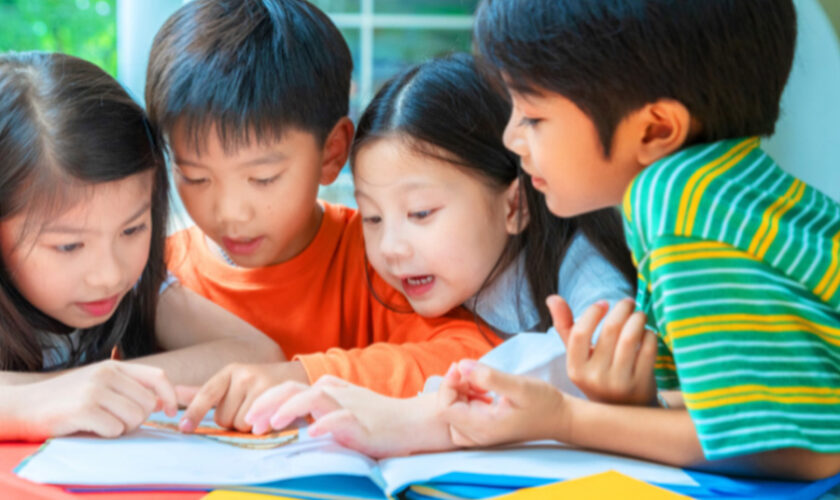Workouts based on ballet have become more and more popular lately since they effectively combine artistic expression with physical training. Originating in classical ballet, these exercises skillfully combine strength training and stretches to develop flexibility and elegant movements. Examine activities centred around ballet and discover the history, characteristics, and growing appeal of ballet practices in Singapore.
The Origins of Ballet in Fitness
Ballet began as a classical dancing style and has since developed into a challenging exercise program. Ballet’s exact and deliberate movements make it a special approach to blending flexibility and strength. Ballet-based training regimens are centred on the principles of alignment, posture, and turnout when it comes to fitness.
Why Ballet-Based Workouts Stand Out
Ballet exercises are unique because they combine the grace of dance with the accuracy of fitness. Unlike standard workouts, which sometimes focus on physical effort, ballet-based workouts emphasise the refinement of movement. Not only can incorporating artistic elements into fitness improve overall workout enjoyment, but it also improves body awareness and control.
Key Components of Ballet Workouts
Exercises based on ballet are centred on fundamental movements that strengthen and stretch a variety of muscle groups. Pas de deux, arabesques, and tendus are among the well-known ballet movements critical in fitness. Doing these exercises repeatedly and correctly during ballet sessions strengthens the upper body, legs, and core, equating to a full-body workout.
The Rise of Ballet Workouts in Singapore
A growing number of fitness enthusiasts in Singapore are interested in ballet-based training regimens since they are a complex and hard kind of exercise. Ballet exercises are growing in popularity in Singapore as more fitness centres and classes start offering them. These exercises’ popularity reflects a shift in fitness preferences toward extensive and eye-catching programs.
Benefits Beyond the Physical
Workouts centred around ballet provide many mental and emotional advantages in addition to physical ones. Ballet moves are rhythmic and regimented, which helps with mindfulness and mental focus. Ballet workouts in Singapore are a unique exercise that benefits the body and mind because participants experience a sense of calm and focus as they match their movements to the music.
ALSO READ: More Than A Workout – 10 Benefits of Ballet
Exploring Ballet Fitness Classes in Singapore
The choices are diverse for those in Singapore seeking to embark on a ballet fitness journey. Ballet-based lessons for varying skill levels are offered throughout the city-state in specialised studios and fitness centres. The availability of ballet exercises in Singapore guarantees that people may choose lessons suited to their fitness objectives, ranging from basic programs for novices to advanced sessions that test experienced participants.
Realising Transformations: Ballet Workout Success Stories
In Singapore, success stories abound among individuals who have embraced ballet-based workouts. Transformations such as weight loss, higher muscular tone, and improved posture and flexibility attest to the effectiveness of this exercise program. These encouraging success stories highlight the benefits of adding ballet to a workout regimen.
Nutritional Considerations for Ballet Enthusiasts
To maximise the health advantages of ballet-based exercises outside of the studio, a balanced diet is crucial. Ensure that participants have the endurance to perform movements accurately throughout ballet sessions by emphasising nutrition. It’s necessary to consider aspects like appropriate pre- and post-workout diet, balanced meals, and sufficient hydration when it comes to ballet-based fitness.
Conclusion: The Timeless Appeal of Ballet-Based Workouts
Ballet-based workouts combine art and fitness in a way that goes beyond traditional exercise regimens. Because of their exceptional strength, flexibility, and grace, ballet exercises are a classic and successful strategy for gaining overall well-being. People can discover the healing potential of ballet-based exercise in Singapore, where the practice is becoming more popular. This type of exercise can reveal a person’s inner expressive artistry in addition to their physical vigour.
Step into a world where fitness meets artistry! Join us at Ballet Body for invigorating ballet-based workouts in the heart of Singapore.



